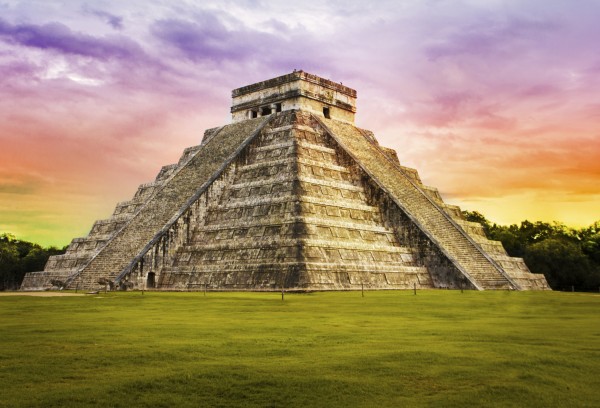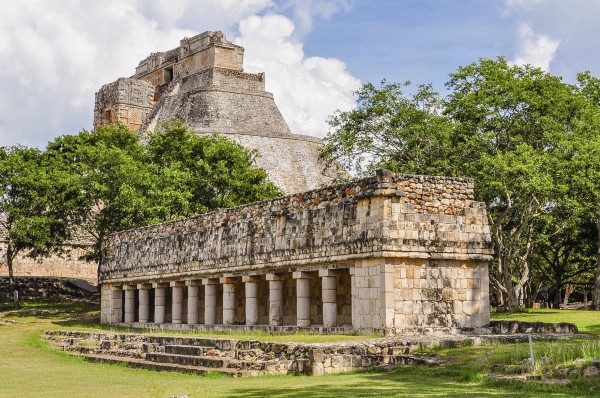On my travel sabbatical through Latin America, I had a few opportunities to learn about ancient civilizations by visiting archaeological sites, museums, and indigenous communities. In this guest post, learn more about the Maya in Mexico.
Marvel at the Maya in Mexico
Throughout history there have been civilizations that have left an indelible mark on the planet, whether through their architecture that has stood up to the ravages of time or their technologies and teachings that are used as the basis of modern thinking.
In Europe, it was the Romans and the Greeks; in Africa, the Ancient Egyptians; and in Mexico, it was the Maya. What’s particularly fascinating about the Maya civilisation is that, compared to the others mentioned here, it was relatively recently that it went into decline.
It was only following the arrival of the Spanish Conquistadors in the 16th century that the Maya influence in Mexico came to an end, and even then, the Maya people continued to resist their European rulers for many years. And far from being some ancient culture that is only preserved in hieroglyphics, many Maya customs survive to this day in Mexico, with significant numbers of people speaking the local language.
Visiting Mexico is therefore a chance to experience both the ancient and the modern Maya and see first hand the differences between the time before and after the arrival of the Spanish.
Grand American Adventures operate some great singles adventure holidays in the Yucatan Peninsula – the site of many of the most impressive ruins – where you can expect to see the following pieces of Maya magic:
Chichen Itza

The most well-known of all the Mexican Maya cities, Chichen Itza boasts a number of stunningly preserved buildings. The one most people come to see and photograph is El Castillo (‘The Castle’).
Standing 100ft high at the centre of the city, this step-pyramid dominates its surroundings and was a fitting temple to the god Kukulkan, the feathered serpent deity. Every visitor sees the serpents’ heads carved in stone at the foot of the steps, but unless you’re there for the spring or autumn equinox, you’ll miss the trick the Maya played with the sunlight to create a serpent shadow slithering down the pyramid.
Such attention to detail gives the visitor a real insight into how advanced the Maya were. As well as understanding the workings of the cosmos, they used calendars, invented one of the world’s first written languages, built advanced structures and developed ground-breaking agricultural techniques.
Uxmal

Uxmal might not be as well-known as Chichen Itza, but its collection of buildings is no less impressive. Its architectural highlight is the enticingly named Pyramid of the Magician.
This building stands out not only for its height and width – measuring more than 100ft by 200ft – but also its unusual curved sides, which provide a real contrast to the rectangular geometry of El Castillo.
Palenque
The Yucatan was something of a hotbed of Maya activity, with Palenque yet another of the region’s impressive ruins. What it lacks in giant structures, it more than makes up for in the quality of its bas-reliefs and stone carvings, which are some of the finest examples to be found anywhere.
These pieces of art show yet another side to the Maya and also give a more human perspective to the story than mere ruins can, as many of the people depicted were those who lived in and ruled over Palenque, including K’inich Kan B’alam II.
Excitingly, much of Palenque is thought to be hidden beneath the jungle, so there’s still plenty more treasures for archaeologists to discover.